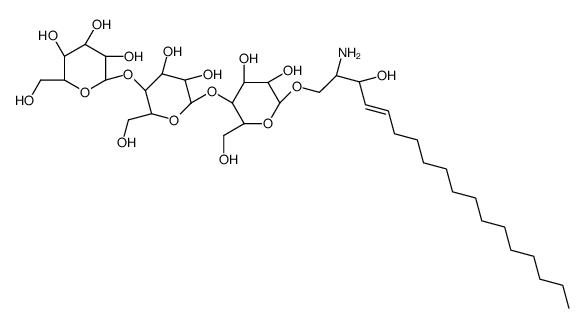| Structure | Name/CAS No. | Articles |
|---|---|---|
 |
Lyso-Globotriaosylceramide (d18:1)
CAS:126550-86-5 |
|
 |
Psychosine
CAS:2238-90-6 |